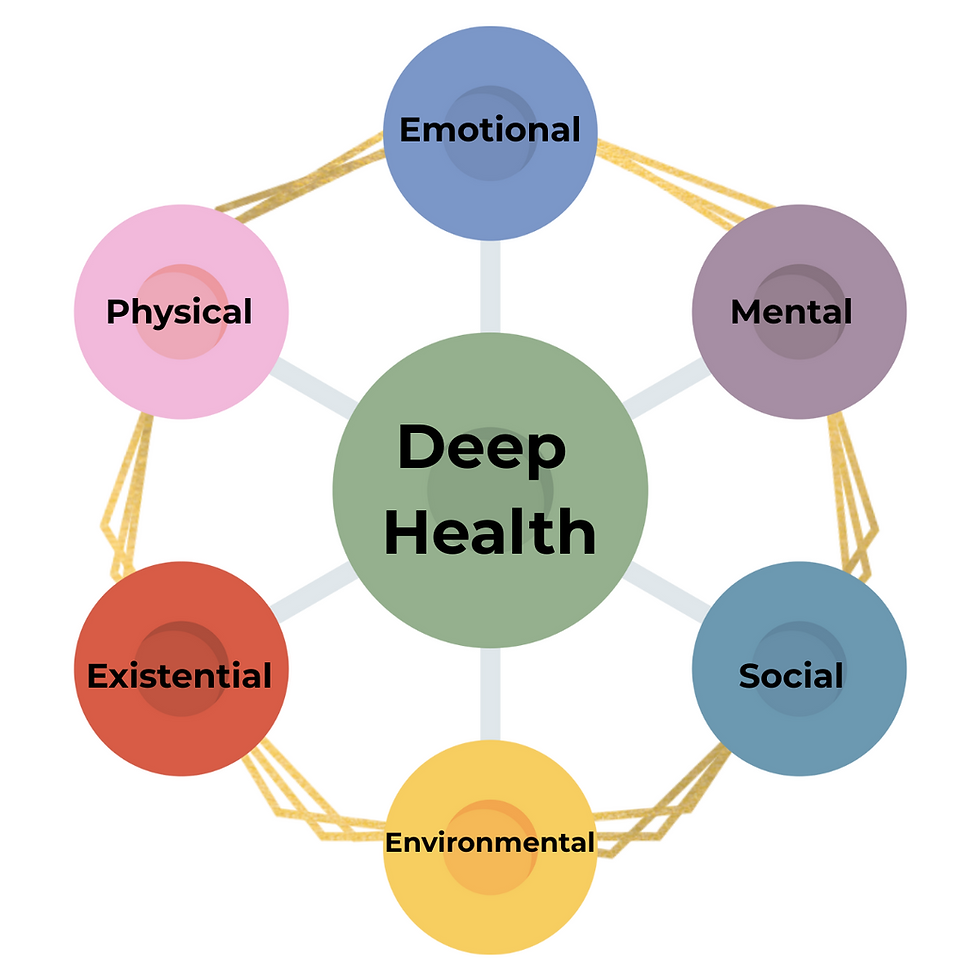Balance Is a Behavior— Not a Personality Trait (And You Can Shape It)
- Desiree Salzer
- Jul 31
- 2 min read
Updated: Aug 2
We tend to think of “balance” as something people either have or don’t have. Like it’s a vibe. A trait. A kind of effortless calm reserved for the lucky, the organized, or the naturally zen.
But here’s the truth, backed by behavior science:
Balance is a behavior. Not a mood. Not a personality. Just something we shape— one decision, one system, one boundary at a time.
🧠 Why You Don’t “Feel Balanced” (And Why It’s Not Your Fault)
If you feel like you’re bad at balance, it’s not because you’re broken. You’ve just been conditioned to believe that balance means doing everything perfectly.
Be a high performer. Be present. Be productive. Be calm. Be flexible. Be consistent.
All. At. Once.
No wonder you feel overwhelmed.
In reality, what most of us call “imbalance” is actually a reinforcement trap— your environment is rewarding (or punishing) the very behaviors that keep you stuck in the cycle.
🔬 The Behavioral View of Balance
In behavior analysis, we look at patterns through a different lens.
We ask:
What antecedents (cues) are in place?
What reinforcements are maintaining the behavior?
What boundaries or costs are shaping response effort?
Are the behaviors aligned with personal values or just obligations?
When it comes to balance, it’s not about doing less. It’s about doing what matters, with intention and support.
💻 A Real-Life Example (That Might Sound Familiar):
You work late → skip dinner → stay up scrolling → feel exhausted the next day → rely on caffeine to push through → repeat
This isn’t laziness. It’s not lack of discipline. It’s a loop. A pattern. A behavior chain being reinforced by short-term relief and long-term avoidance— even if it feels bad in the moment.
This is why awareness alone isn’t enough. To change the pattern, you have to shift the system that surrounds it.
So How Do You Shape Balance?
Balance isn’t found... It’s built. And like any behavior, it’s shaped gradually through:
✨ Small shifts (start with just one behavior)
🔁 Anchoring to existing routines (use habit stacking + stimulus control)
💬 Reinforcement (celebrate how it feels— not just how it looks)
Here’s an example:
Instead of aiming to finish work “early,” you commit to a 5-minute tech-free wind-down before dinner. That small cue helps your nervous system transition, lowers your need to scroll later, and improves how you sleep. Over time, it becomes a pattern—and a new sense of balance takes shape.
💡 Final Reframe
You’re not failing at balance. You’re trying to build it in an environment that hasn’t been designed to support it— yet.
With the right tools, systems, and reinforcement, you can shape a version of balance that works for your real life. One cue. One boundary. One win at a time.
Ready to Start Small?
If this hit home, grab the free 5-Day Mindset Reset — designed to help you rebuild your systems from the inside out. It's not about doing more. It’s about doing what supports you.




Comments